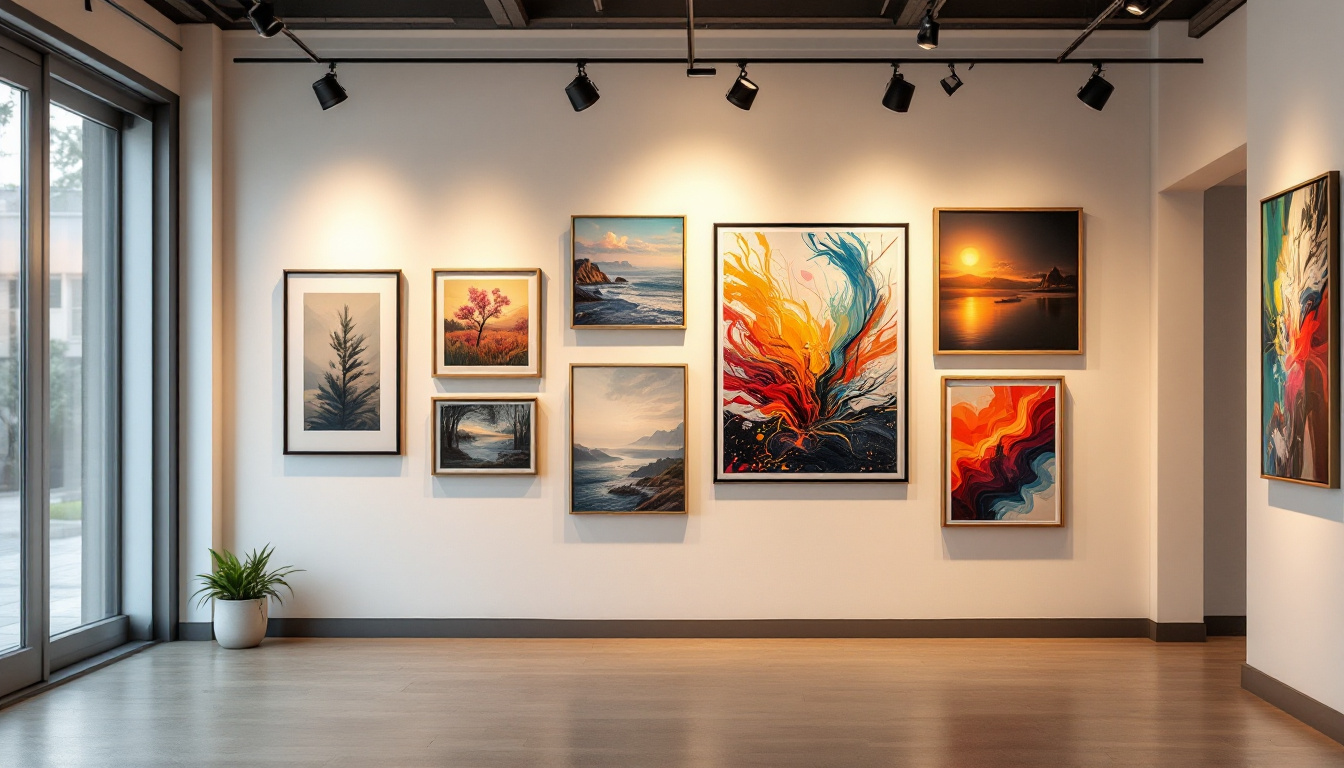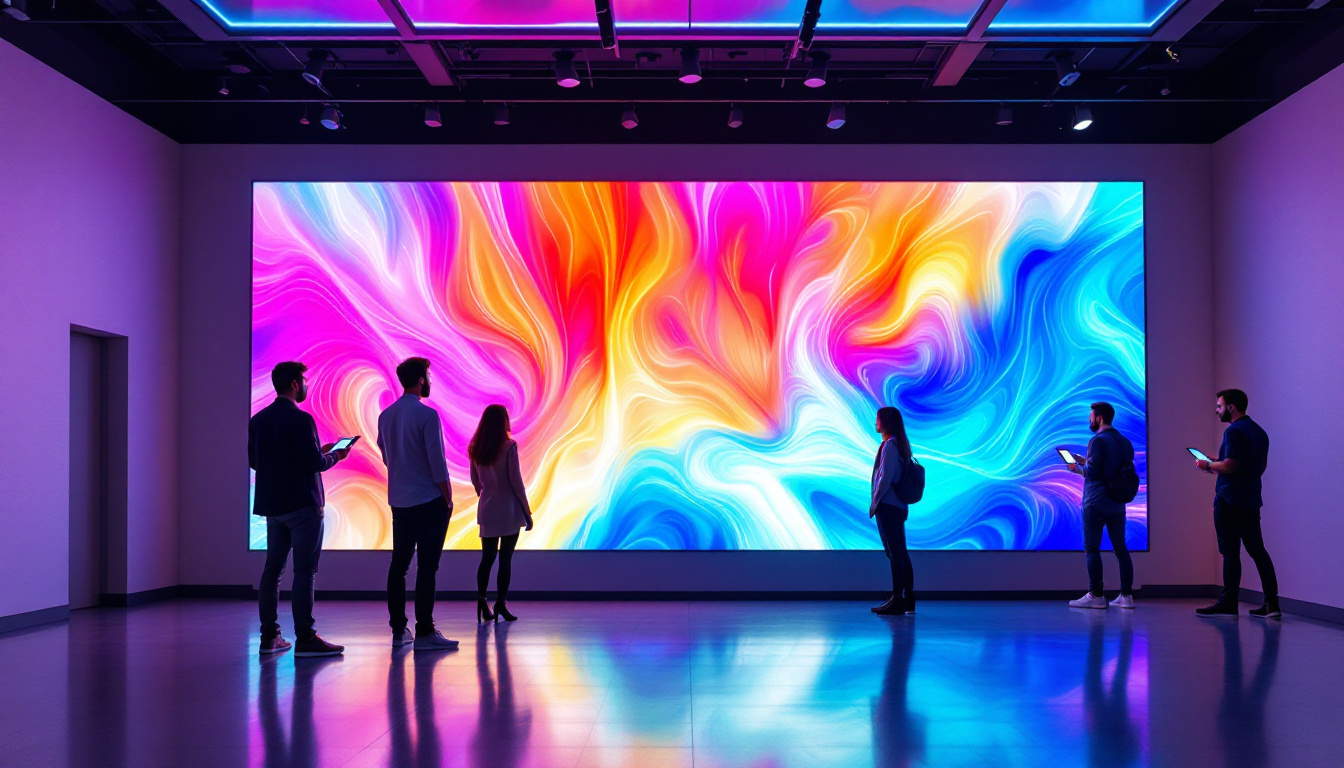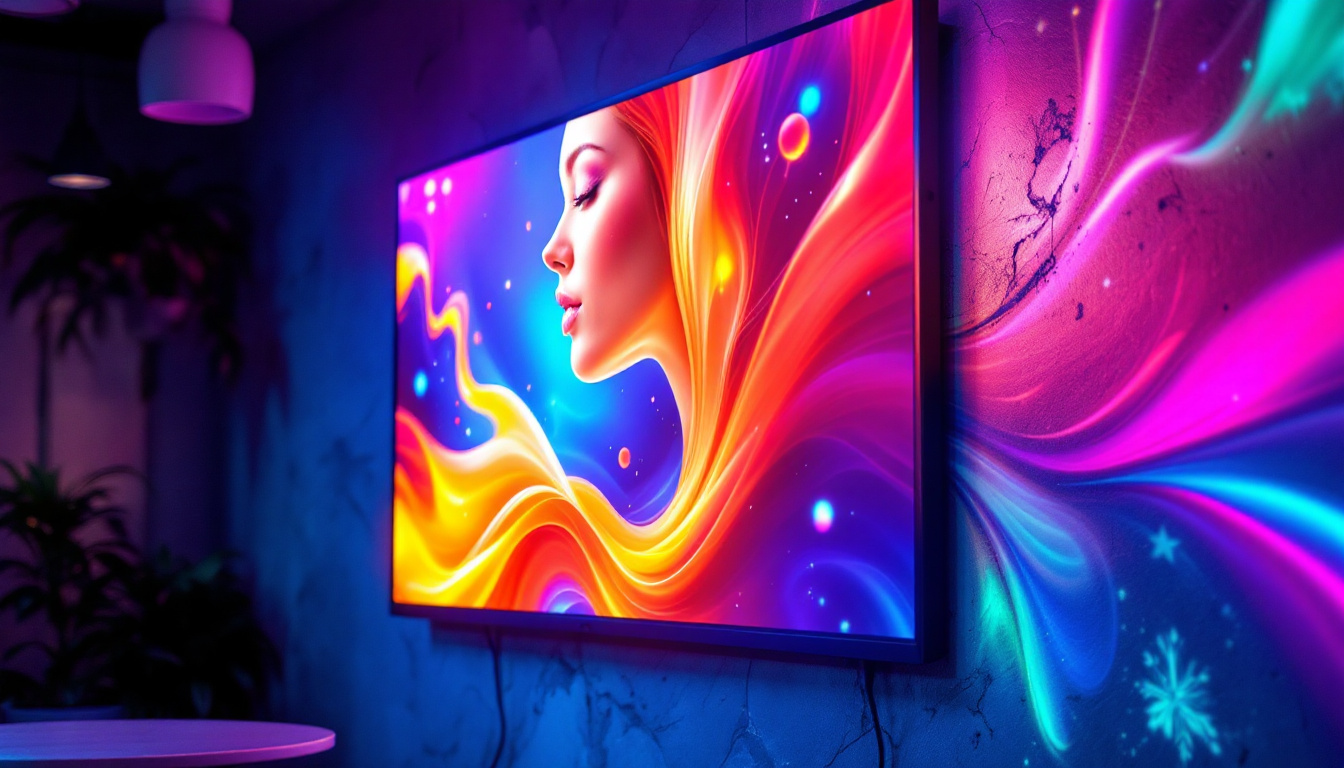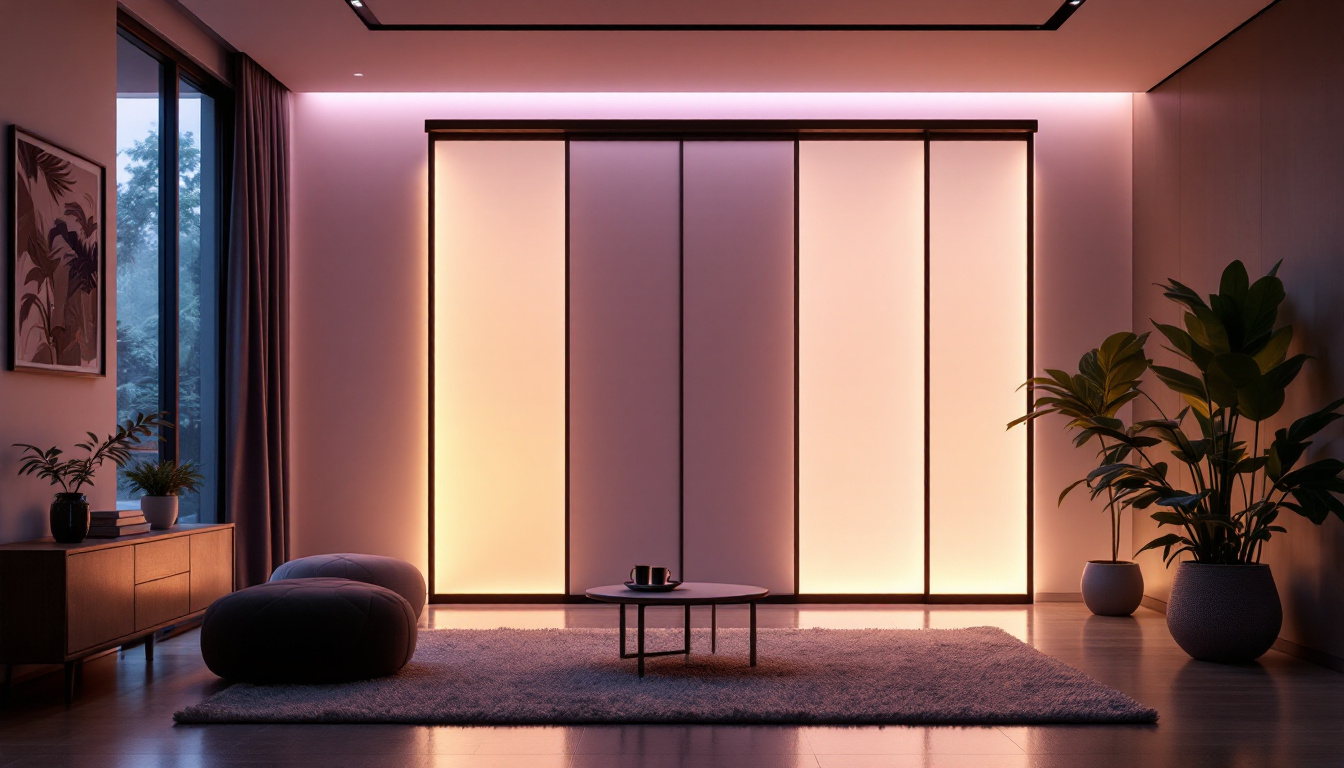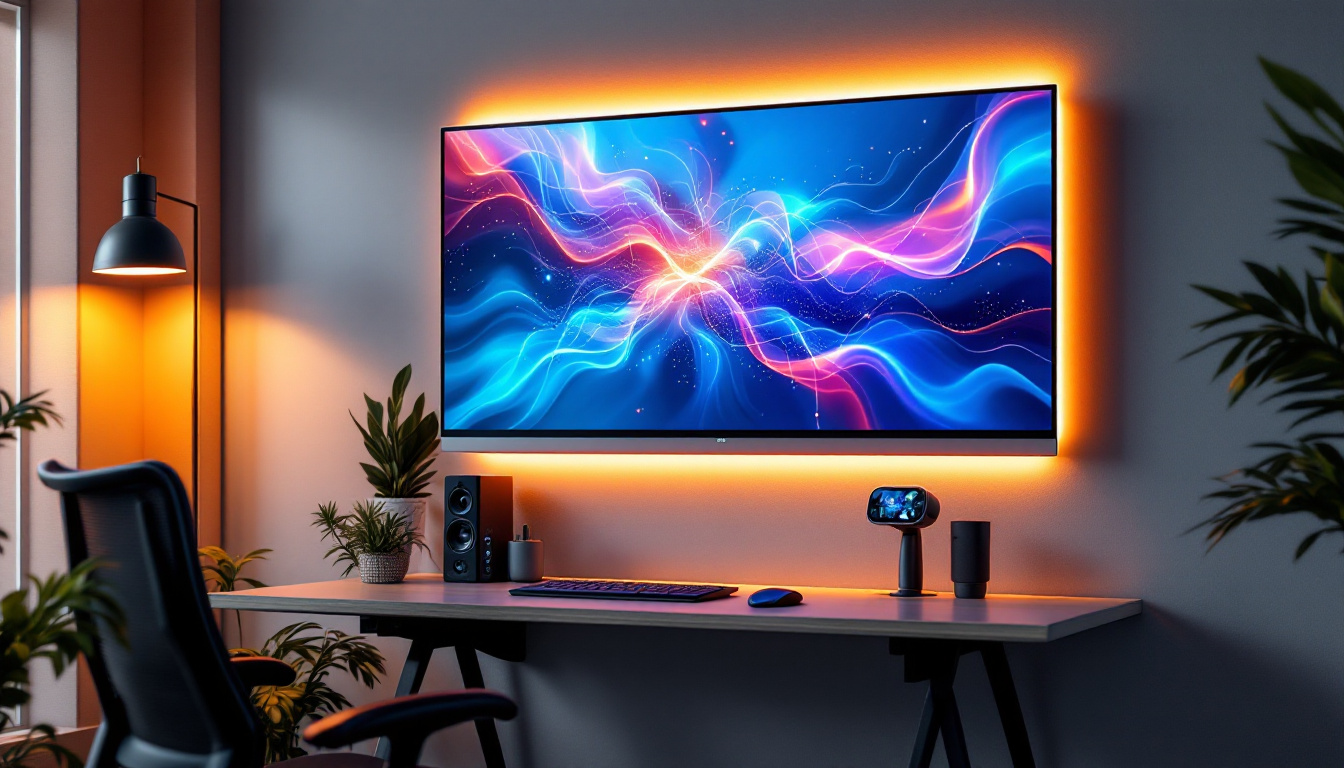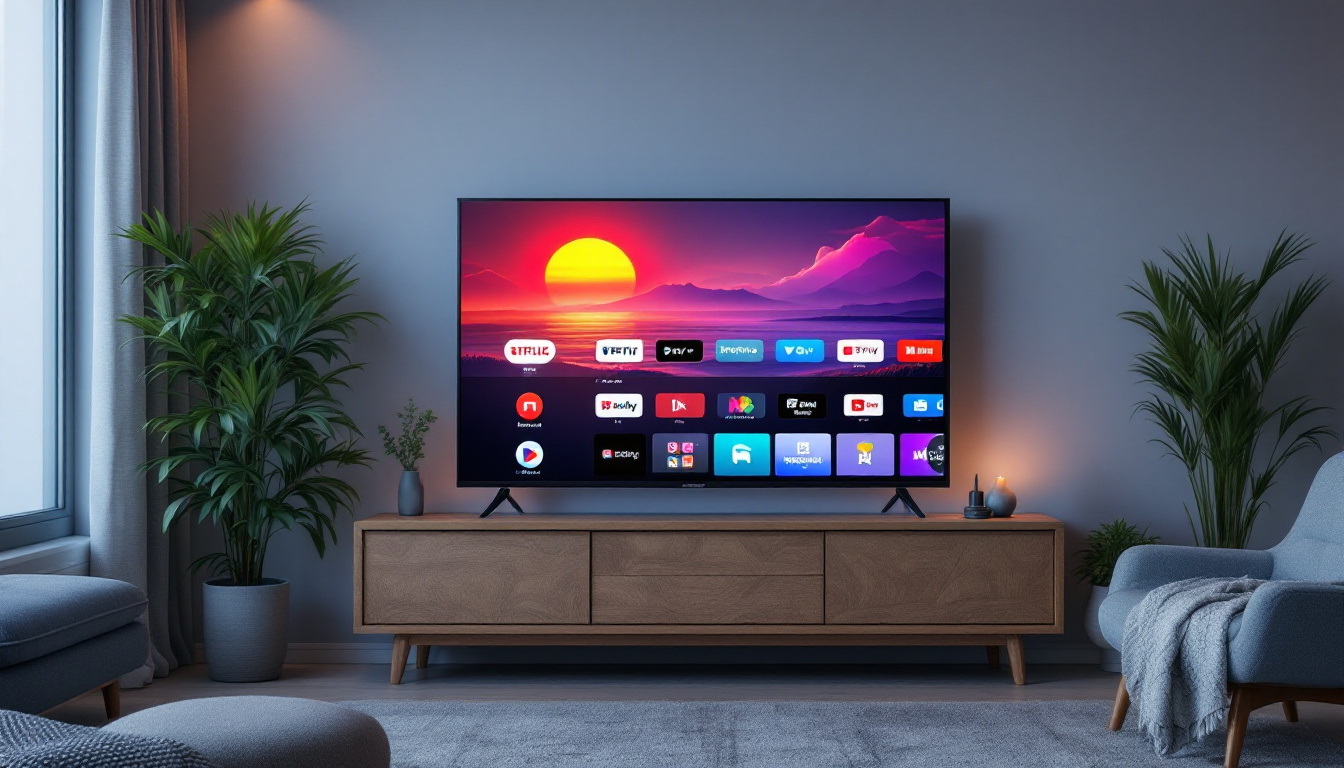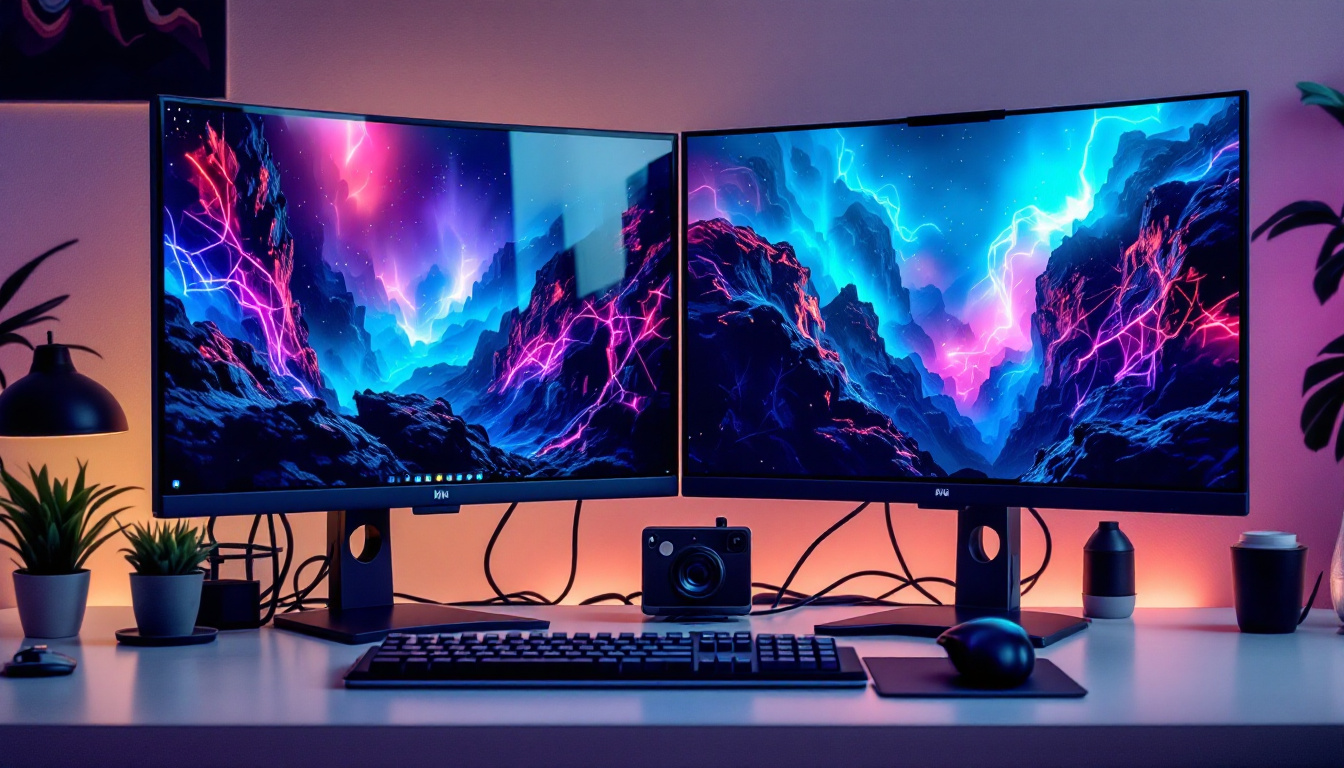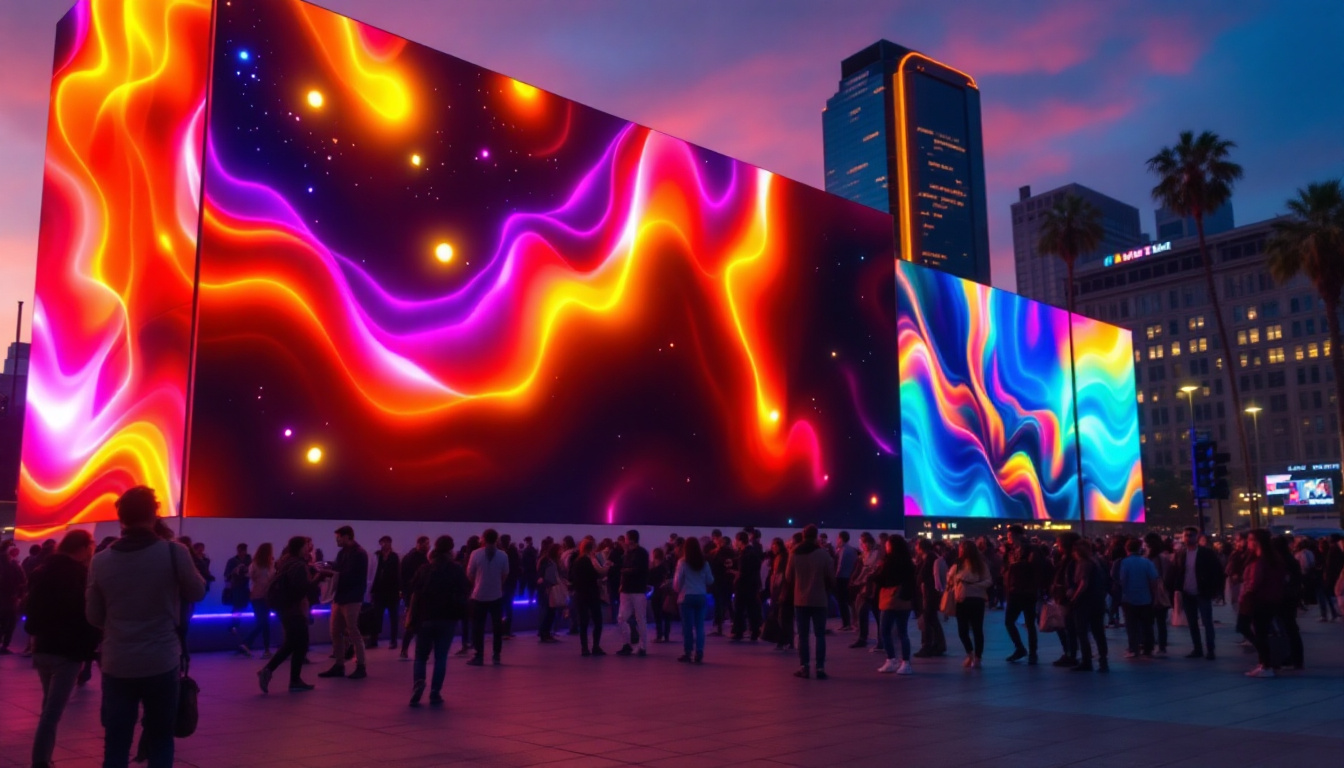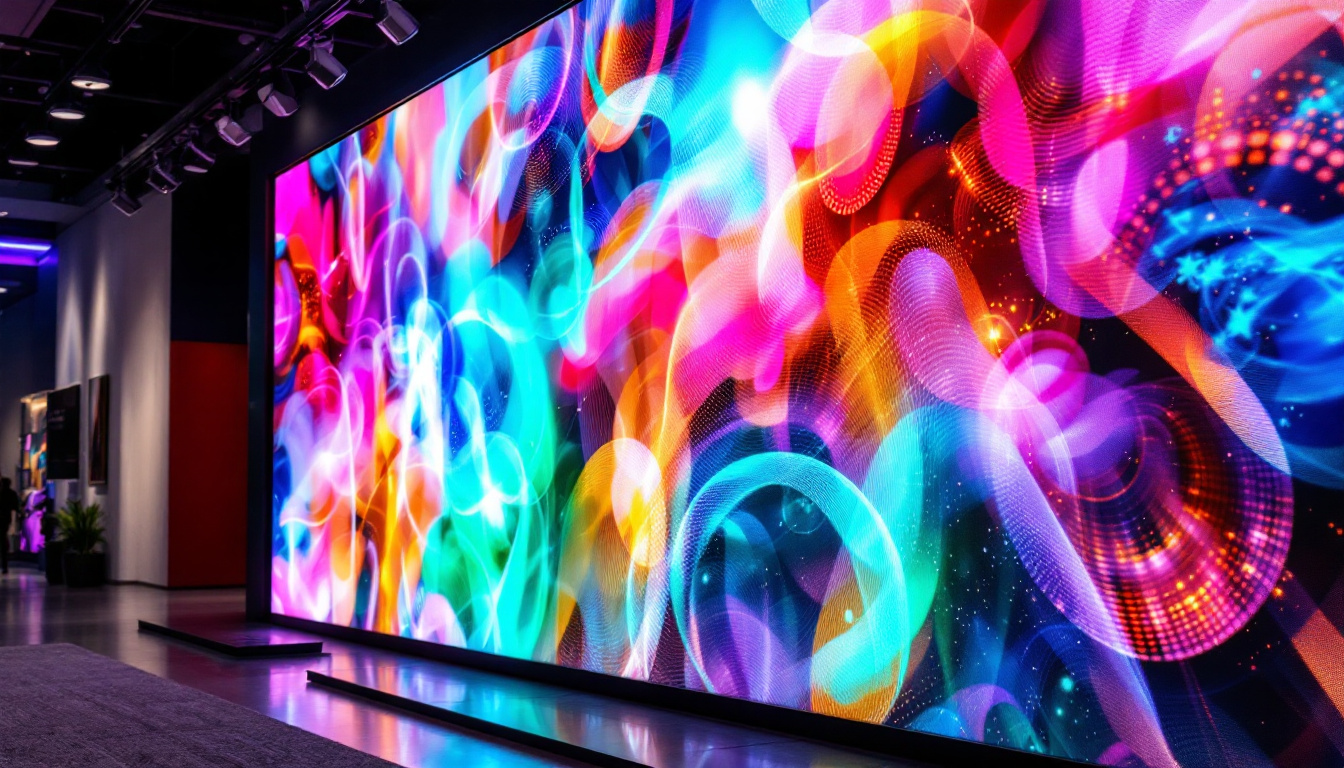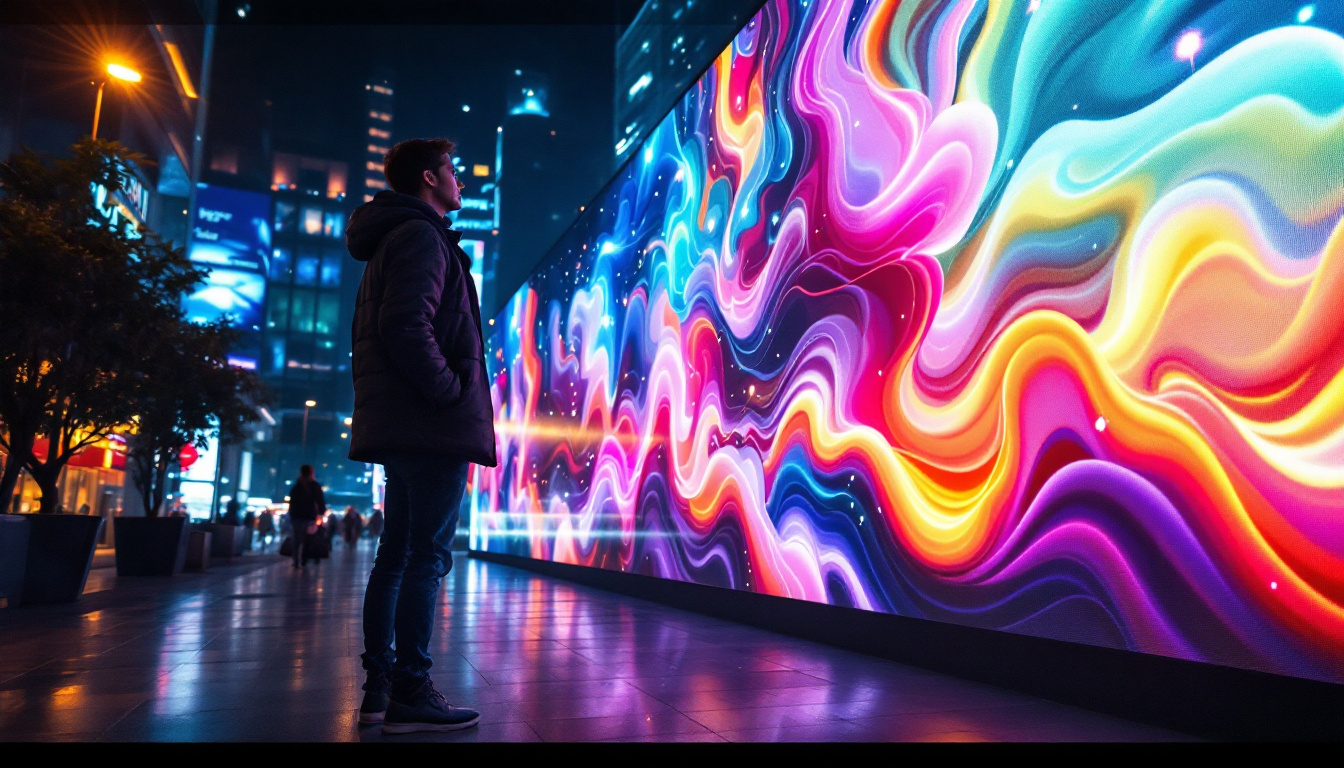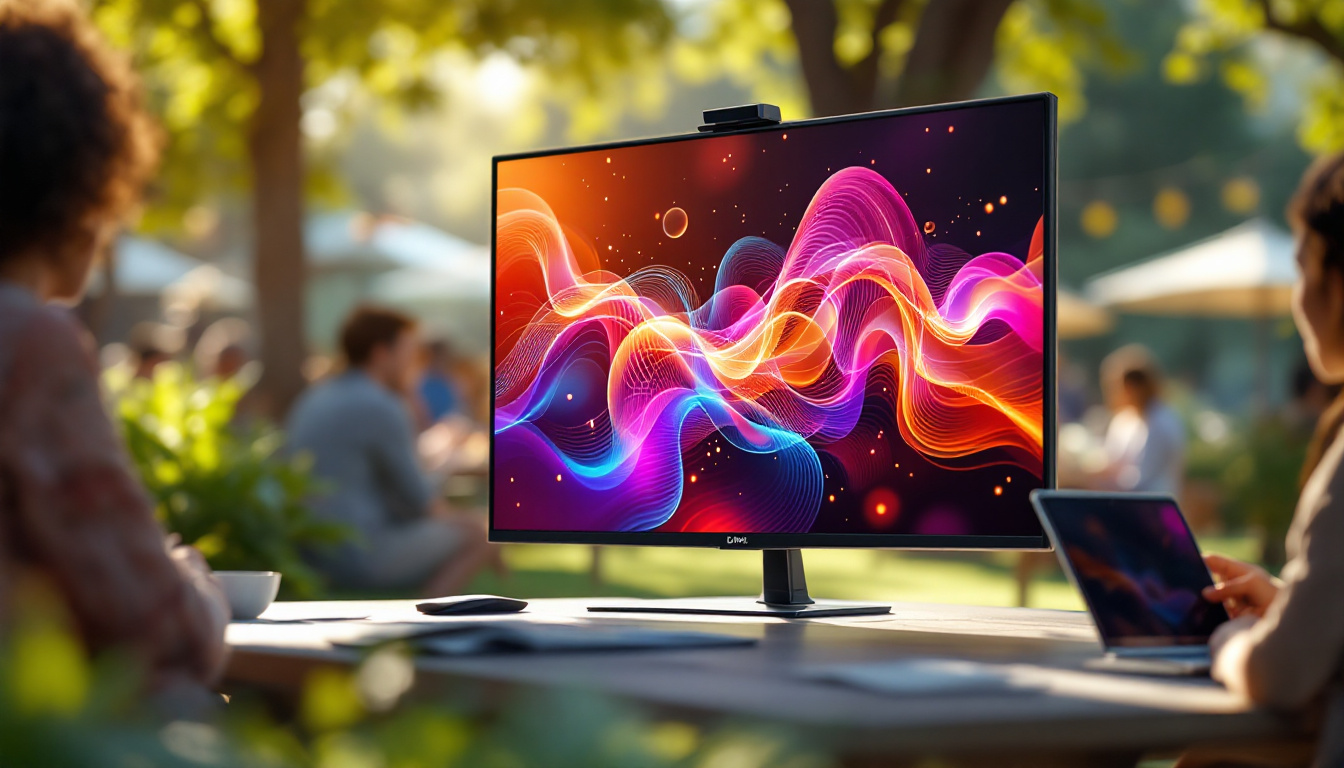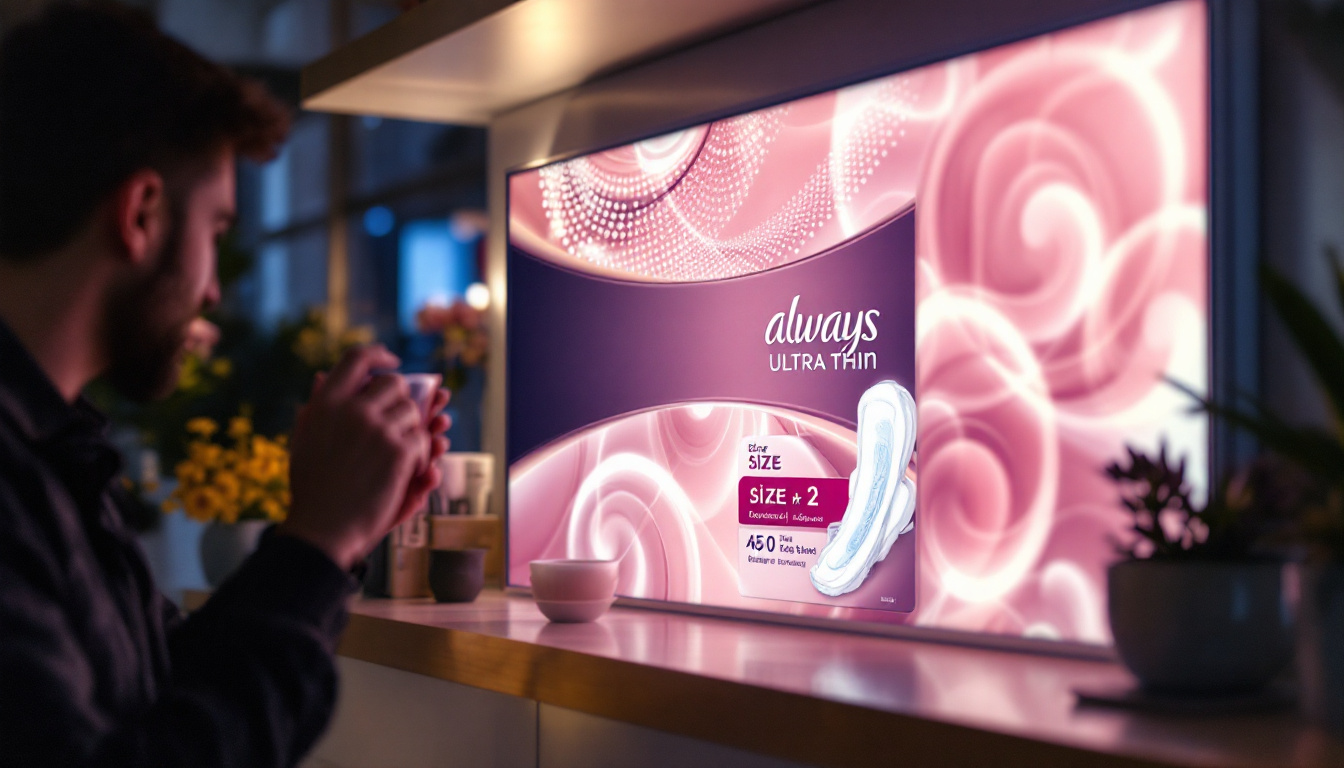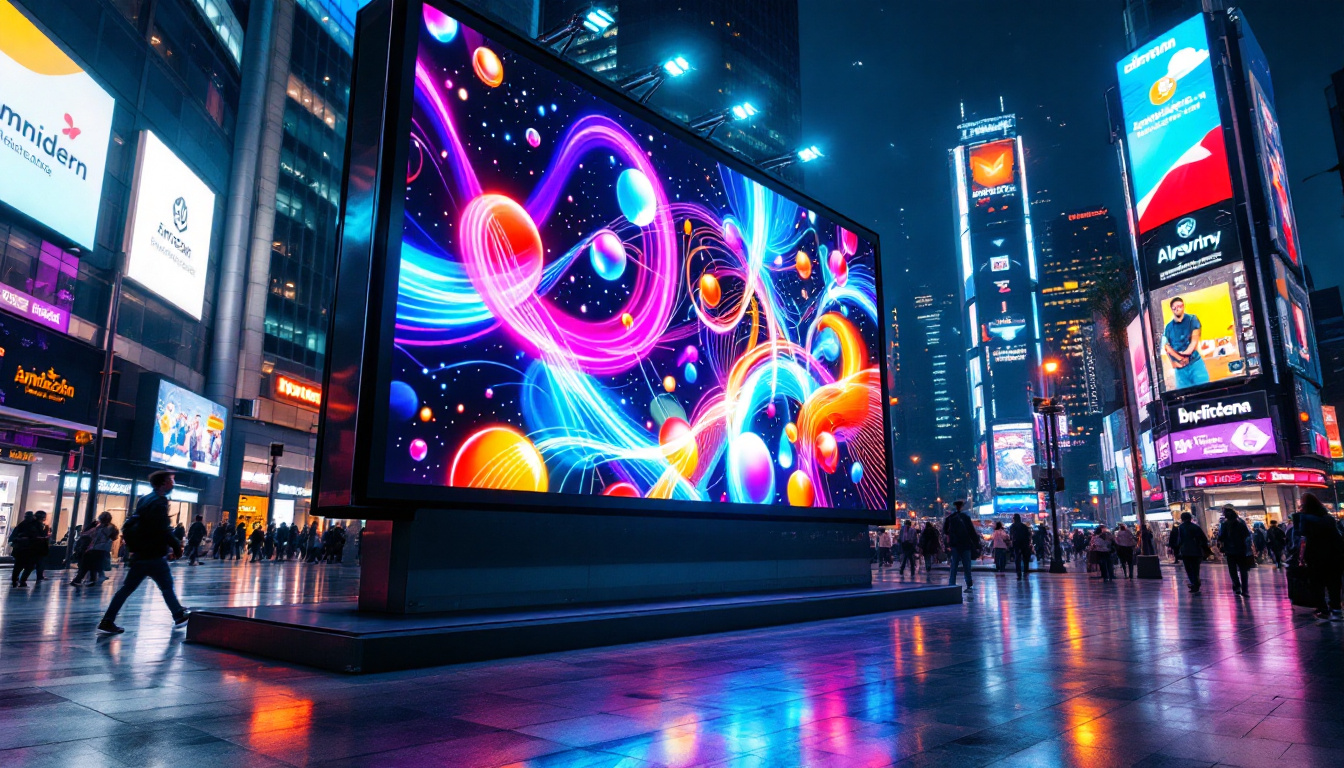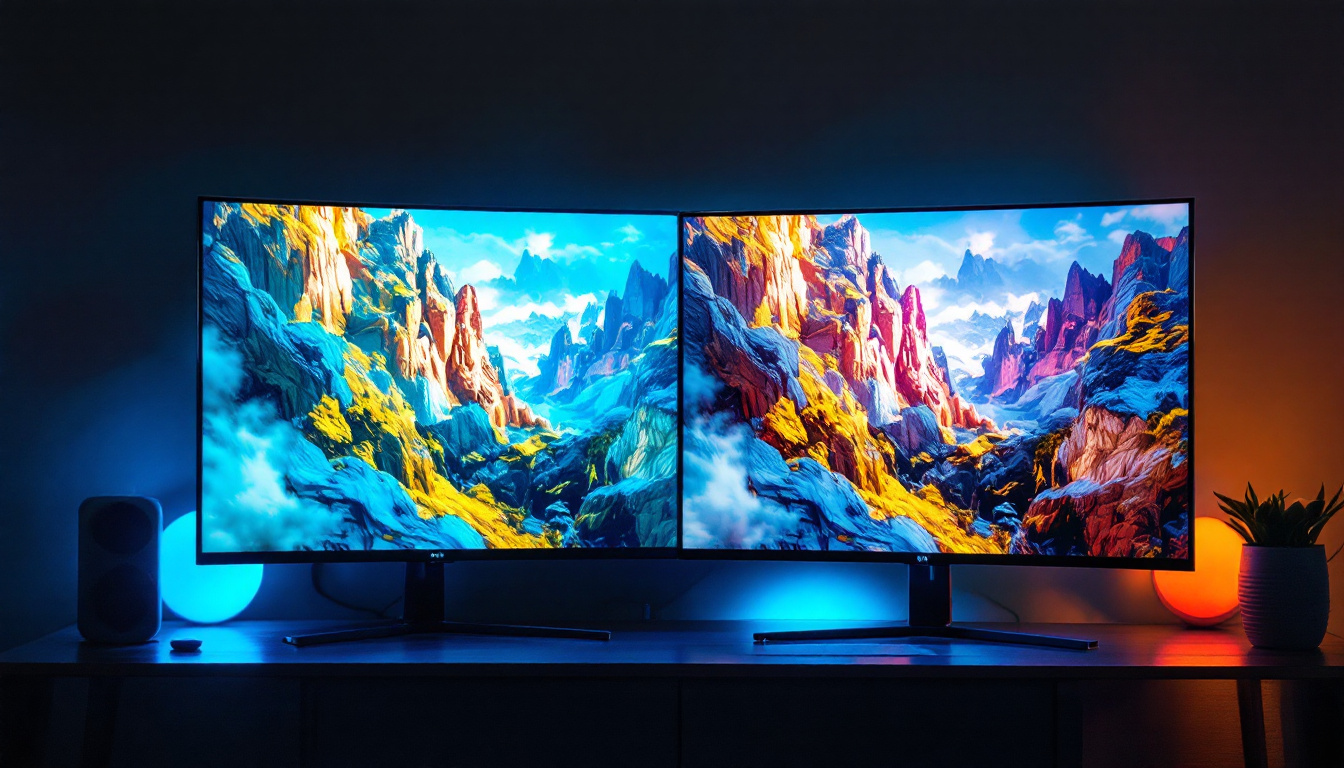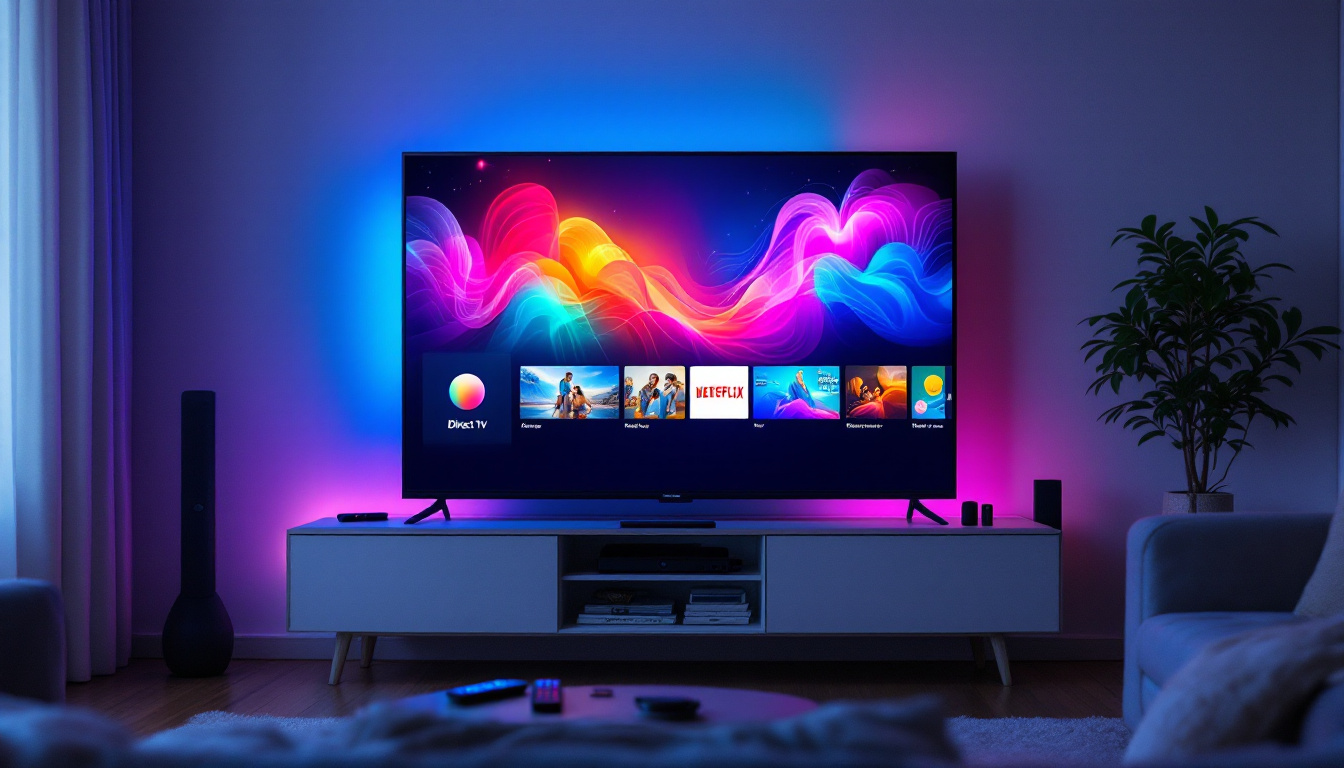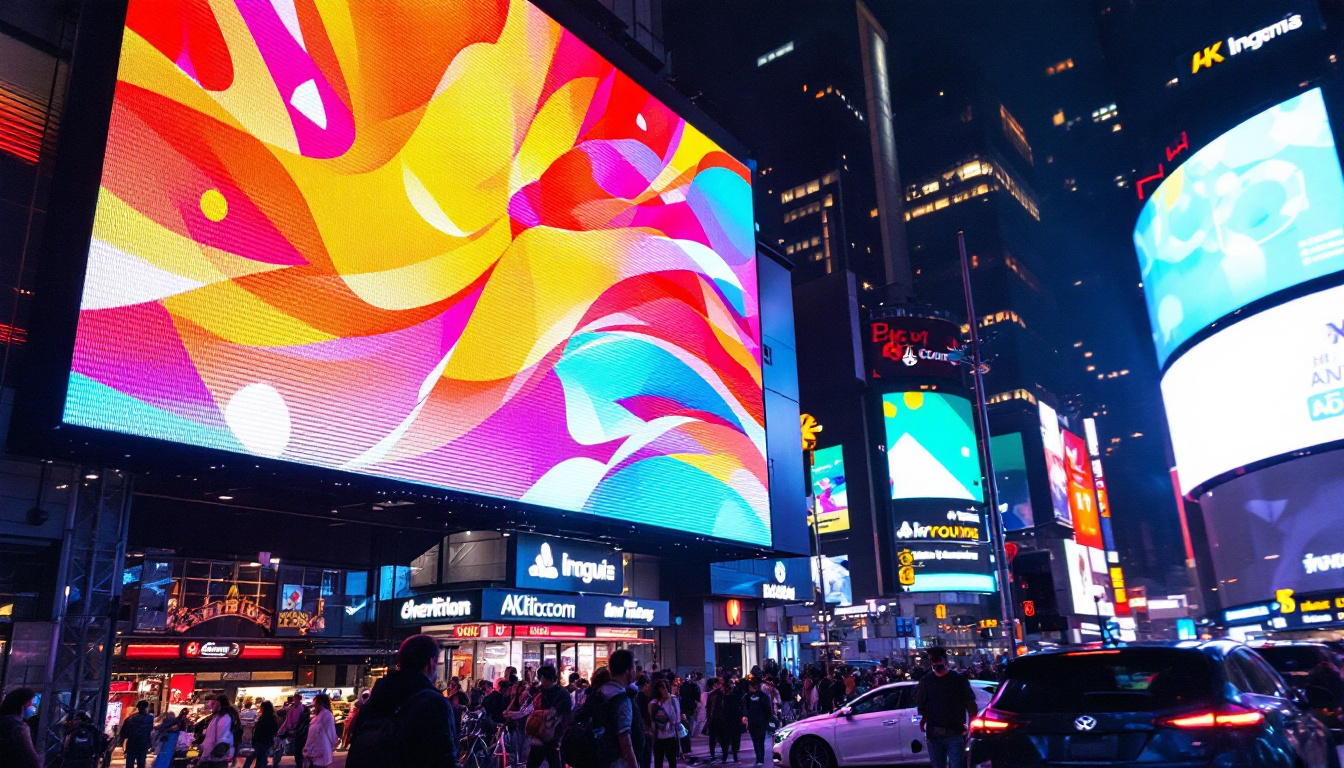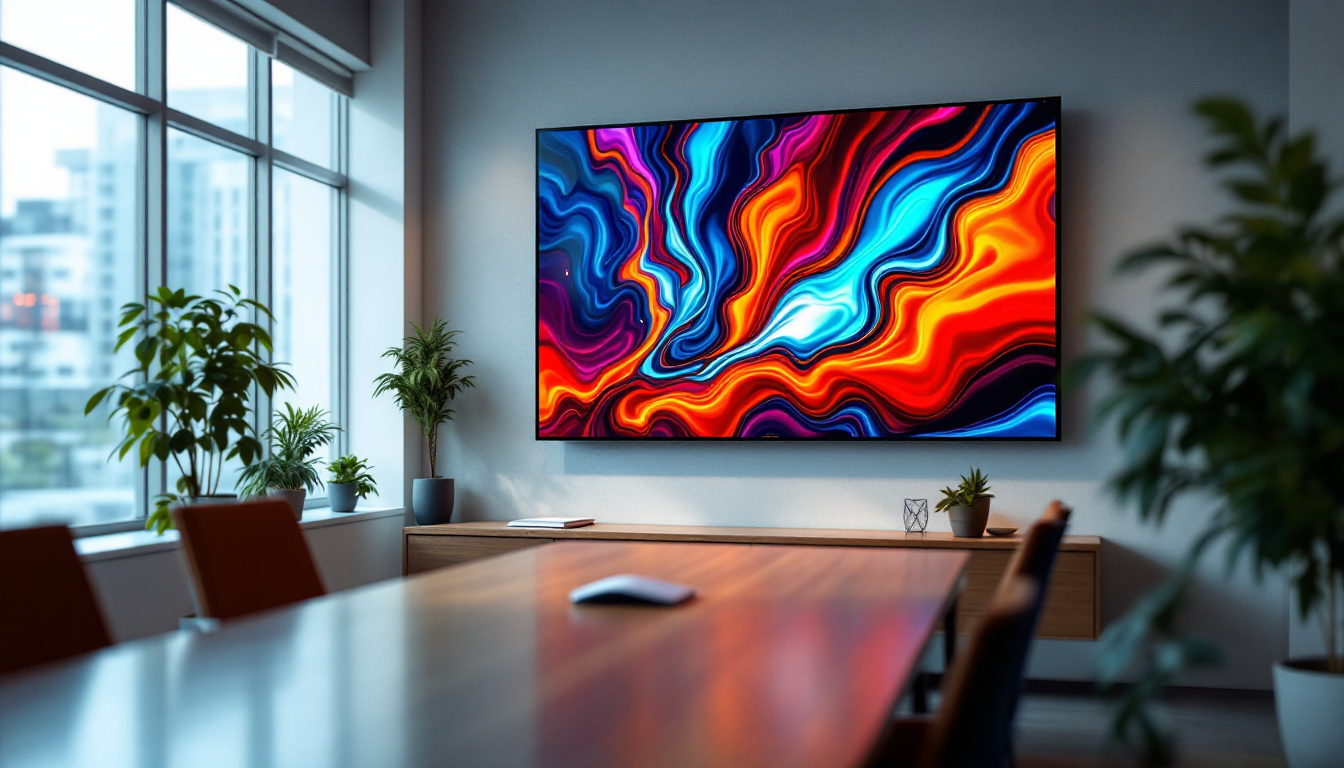Art has the power to transform a space, adding personality and character to any room. However, the way art is displayed can significantly impact its effectiveness. For those with 10-foot ceilings, understanding how high to hang art can be particularly challenging. This article will explore the best practices for hanging art in spaces with high ceilings, while also delving into the role of LED displays in modern art presentation.
The Basics of Art Placement
Understanding Eye Level
One of the most critical factors in art placement is eye level. Generally, the center of a piece of art should be hung at eye level, which is typically around 57 to 60 inches from the floor. This standard is based on the average height of an adult’s eyes and is widely accepted in the art world. However, with 10-foot ceilings, this guideline may need to be adjusted to maintain visual balance.
In a room with high ceilings, the perception of height can alter how art is viewed. Therefore, it is essential to consider the scale of the artwork and the overall space. Larger pieces can be hung slightly higher, while smaller works may benefit from being placed lower to ensure they remain engaging and accessible. Additionally, the type of artwork plays a significant role in its placement; for instance, a striking landscape painting may command attention when hung higher, while an intimate portrait might invite closer inspection when placed lower on the wall.
Moreover, the surrounding elements in the room, such as windows and lighting, should also be taken into account. Natural light can dramatically change the way colors and textures are perceived, so it’s wise to observe how the artwork interacts with different light conditions throughout the day. This can enhance the viewing experience and highlight the artwork’s best features.
Creating Visual Balance
Visual balance is crucial when hanging art, especially in rooms with high ceilings. A well-placed piece can draw the eye and create a focal point, while poorly hung art can feel disconnected from the space. To achieve balance, consider the proportions of the artwork in relation to the wall and the furniture in the room.
For instance, if a large piece of art is hung too high, it may appear lost against the vast wall space. Conversely, hanging smaller pieces too low can make them seem insignificant. A good rule of thumb is to leave at least 6 to 12 inches of space between the top of the artwork and the furniture below it, such as a sofa or console table. This creates a cohesive look that ties the room together. Additionally, grouping smaller artworks in a gallery wall format can create a dynamic visual impact, allowing for a more playful arrangement that encourages exploration and interaction.
When considering visual balance, it’s also important to think about the colors and themes present in the artwork. A harmonious color palette can unify disparate elements in the room, while contrasting colors can energize the space. Incorporating elements like decorative frames or mats can further enhance the overall aesthetic and help to define the artwork’s place within the room. By thoughtfully curating the arrangement, you can create a captivating environment that reflects personal style and invites appreciation of the art itself.
Factors to Consider When Hanging Art
Room Functionality
The function of the room plays a significant role in determining how high to hang art. In spaces like living rooms or galleries, where people typically stand and move around, art can be hung slightly higher to create an expansive feel. However, in more intimate spaces like bedrooms or reading nooks, lower placement may be more appropriate to foster a sense of coziness.
Additionally, consider the viewing distance. In larger rooms, viewers may be further away from the artwork, allowing for higher placement without losing impact. Conversely, in smaller spaces, art should be hung lower to facilitate closer viewing. This is particularly important in areas where people may be seated, such as dining rooms or home theaters, where the line of sight can significantly affect the enjoyment of the artwork. Ensuring that art is accessible and engaging from various angles can enhance the overall atmosphere of the room, making it feel more inviting and thoughtfully designed.
Artwork Size and Style
The size and style of the artwork also influence hanging height. Large, bold pieces can command attention when hung higher, while delicate or intricate works may lose their impact if placed too high. When curating a gallery wall, for example, a mix of sizes can create visual interest, but maintaining a consistent eye level across pieces is essential for harmony.
Moreover, the style of the artwork can dictate placement. Abstract pieces may lend themselves to higher placement, while traditional landscapes or portraits often look best at eye level. Understanding the characteristics of the artwork can guide decisions on height and arrangement. Additionally, the color palette and texture of the pieces can play a crucial role in their placement. Bright, vibrant colors can energize a space when hung at eye level, while softer hues may create a more tranquil atmosphere when placed higher. Textured pieces, such as those with mixed media or three-dimensional elements, can also benefit from strategic placement that allows viewers to appreciate their depth and detail up close.
Practical Tips for Hanging Art
Using Tools and Techniques
When it comes to hanging art, using the right tools can make all the difference. A tape measure is essential for ensuring accurate placement. Additionally, a level will help keep artwork straight, while a pencil can mark the desired height without damaging the wall.
For those hanging art at significant heights, consider using a step ladder or an extendable pole with a hook. This allows for safer and more precise placement without the need for extra hands. Additionally, wall anchors may be necessary for heavier pieces to ensure they are securely mounted.
Experimenting with Layouts
Before committing to a final placement, it can be beneficial to experiment with different layouts. Many artists and designers recommend using painter’s tape to outline the dimensions of the artwork on the wall. This visual aid can help determine the best height and arrangement without making permanent marks.
Another technique is to lay the artwork on the floor to visualize how it will look on the wall. This method allows for easy adjustments and can inspire creative arrangements that might not have been considered initially.
The Role of LED Displays in Art Presentation
Modern Technology Meets Traditional Art
As technology continues to advance, LED displays have emerged as a popular medium for art presentation. These displays offer unique advantages, such as dynamic lighting and the ability to showcase multiple pieces in a single space. For those with high ceilings, LED displays can provide a modern solution to traditional art hanging challenges.
LED displays can be programmed to change images, allowing for a rotating gallery of artwork. This flexibility can be particularly appealing in commercial spaces or galleries, where the ability to refresh the visual experience is essential. Moreover, LED displays can be adjusted in height, making them suitable for various ceiling heights, including 10-foot ceilings.
Enhancing Visual Impact
One of the most significant benefits of using LED displays is their ability to enhance visual impact. With adjustable brightness and color settings, these displays can create a captivating ambiance that traditional framed art may not achieve. The technology allows for the display of high-resolution images, ensuring that every detail is visible, regardless of the viewing distance.
Furthermore, LED displays can be integrated with smart home technology, enabling users to control the display from their devices. This level of customization allows for a personalized art experience, making it easier to adapt the display to different moods or occasions.
Combining Traditional and Modern Techniques
Creating a Cohesive Look
For those who appreciate both traditional art and modern technology, combining the two can create a unique and cohesive look. For instance, pairing traditional framed artwork with an LED display can create a dynamic gallery wall that captures the essence of both mediums. This approach allows for the display of a variety of styles and sizes while maintaining visual interest.
When integrating LED displays with traditional art, consider the overall color palette and theme. Ensuring that both elements complement each other will create a harmonious look. Additionally, using similar framing styles or color schemes can help tie the various pieces together.
Interactive Art Experiences
Another exciting aspect of combining traditional art with LED displays is the potential for interactive experiences. Some artists are now creating pieces that incorporate technology, allowing viewers to engage with the artwork in new ways. This can include augmented reality features or interactive installations that respond to viewer movements.
By blending traditional techniques with modern technology, art can become a more immersive and engaging experience. This approach not only enhances the visual appeal but also invites viewers to connect with the artwork on a deeper level.
Conclusion
Hanging art in a space with 10-foot ceilings presents unique challenges, but with the right strategies, it can also be an opportunity to create stunning visual displays. Understanding eye level, visual balance, and the function of the room are essential considerations when determining how high to hang art.
Additionally, the integration of LED displays into art presentation offers a modern twist that can enhance the overall experience. By combining traditional art with innovative technology, it is possible to create a dynamic and engaging environment that resonates with viewers.
Ultimately, whether opting for classic framed pieces or embracing the latest in LED technology, the key is to create a space that reflects personal style and fosters a connection with the art. With thoughtful placement and creative combinations, high ceilings can become a canvas for artistic expression.
Illuminate Your Space with LumenMatrix
Ready to elevate your art displays and embrace the future of visual storytelling? LumenMatrix is at the forefront of LED display technology, offering a vast array of solutions that can transform any space with 10-foot ceilings into a mesmerizing gallery. From Indoor and Outdoor LED Wall Displays to innovative LED Transparent Displays, our products are designed to captivate and engage. Discover how LumenMatrix can illuminate your environment and bring your artistic vision to life. Check out LumenMatrix LED Display Solutions today and start creating unforgettable visual experiences.

